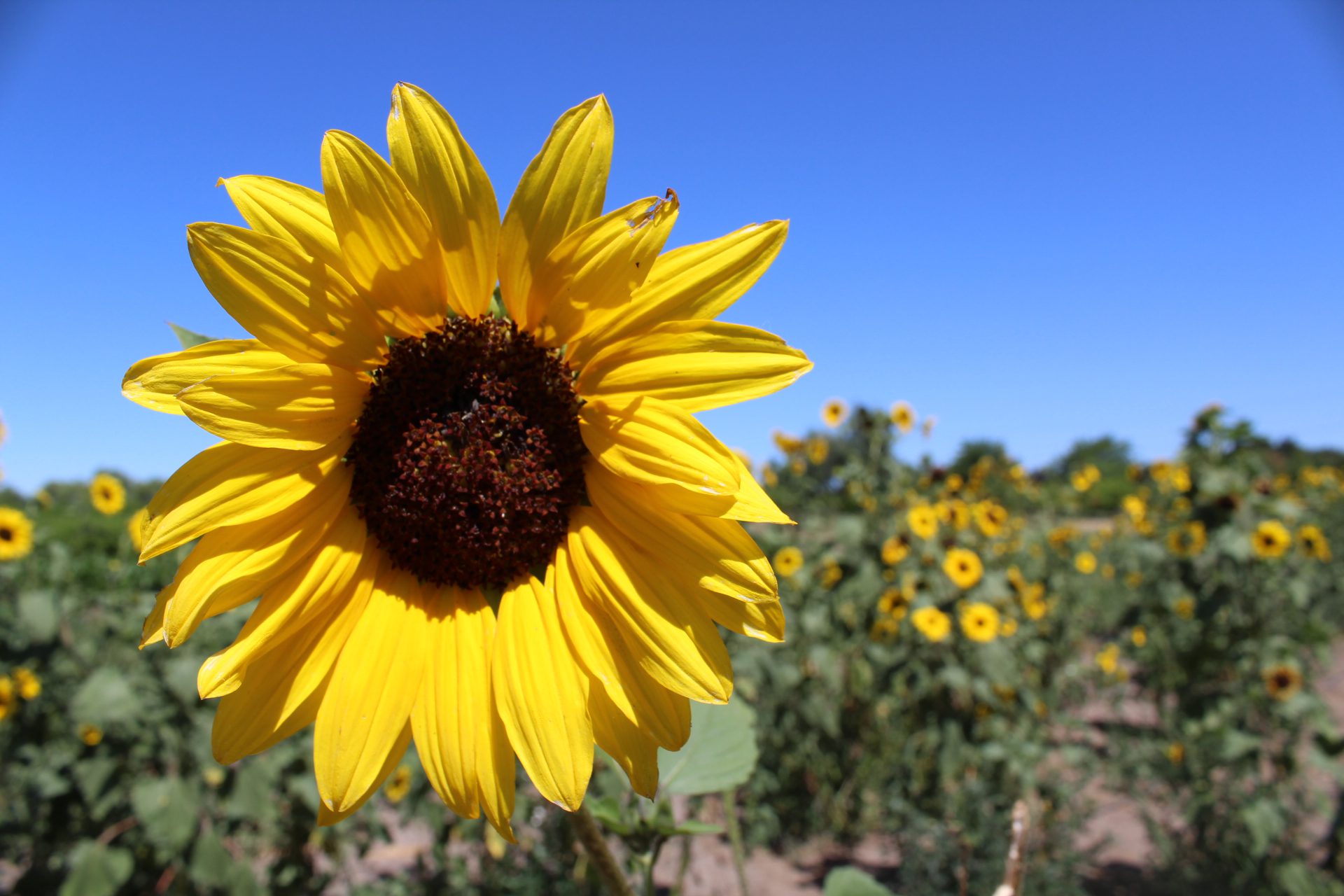By John Copeland
Contributing Writer
Time to find your sunglasses and sunblock, put on your swimming suit and hit the beach. Later you can fire up the barbecue; it is June and summer is finally here and with it; the Summer Solstice. This year, the Summer Solstice is on Sunday, June 20. It is also called Midsummer, and is one of four major solar events during the year that mark the seasonal changes.
You know, there is no world organization that designates the official day a new season begins. In fact, there are different ideas about how to define the seasons. When I was a child, summer began, for my friends and I, at 3 p.m. on the last day of school. Meteorologists and climatologists may tell you that summer begins on June 1. Astronomers, however, use the summer solstice to mark the beginning of summer in the Northern Hemisphere and the beginning of winter in the Southern Hemisphere.
Throughout our human history, the Summer Solstice has been celebrated by cultures around the world and is, perhaps, still the most widely recognized day as the beginning of summer.
For many of Earth’s creatures, nothing is so fundamental as the length of the day. June 21 will also be the longest day and the shortest night of the year in the Northern Hemisphere. On the solstice, the sun will not rise precisely in the East — instead it will rise to the north of east and set to the north of west allowing it to be in the sky longer. The word “solstice” comes from the Latin sol (sun) andstitium (to stop) and on the solstice the noon sun appears to hang stationary in the sky.
Our ancient ancestors were keen observers of the world around them. They noted that the sun’s path across the sky, the length of daylight, and the location of both sunrise and sunset shifted throughout the year. Around the world, you can still visit many ancient structures that are associated with observing the summer solstice. Perhaps the most famous, and one of my favorite places, is Stonehenge, on the Salisbury Plain in Wiltshire, England. Stonehenge’s main axis is aligned to the solstice sunrise, an orientation that was probably for ritual rather than scientific purposes. Today, we can only speculate on the significance of the summer solstice had for our ancestors.
Today, we can only speculate on the significance that the summer solstice had for our ancestors. But, we know that the solstice is determined by the tilt of Earth’s axis and the sun’s alignment over the equator. In summer, the Northern Hemisphere tilts toward the sun at an angle of 23.44 degrees, making the sun appear high in the sky; in winter, it tilts away, making the sun appear much lower. This affects both day length and the angle at which sunlight hits Earth’s surface, which varies the amount and intensity of solar insolation received at different latitudes throughout the year.
Because Earth’s orbit is elliptical, our planet’s speed as it travels around the sun also varies throughout the year. This means that our seasons are not of equal length. The periods of time from the Northern Hemisphere spring equinox to the summer solstice, to the autumn equinox, to the winter solstice and back to the spring equinox are roughly 92.8, 93.6, 89.8 and 89.0 days respectively. In the Northern Hemisphere, our spring and summer seasons last longer than autumn and winter.
Although the summer solstice occurs on what we think of as the beginning of summer, for farmers it is the midpoint of the growing season, halfway between planting and harvesting — which is why it is often referred to as “Midsummer.” As the name suggests, the day is considered the height of summer and an occasion for celebration. Yet there is also an undertone of darkness. On the solstice, ancient peoples celebrated the power of the sun, but they were also noting its decline. From the summer solstice on, the hours of sunlight each day will decrease.
This leads many to wonder: If June 21 is the longest day of the year, why does the hottest summer weather occur in late July and August? This arises from the so-called lag of the seasons, which is essentially the same reason it is often hotter in the late afternoon than it is as noon. Earth takes a while to warm up after a long winter. As I write this, ice and snow still blanket the ground in some places. Meltwater and rainwater have been percolating down through snow on the tops of glaciers. But the runoff from glaciers isn’t as great now as it will be in another month, even though sunlight is striking the Northern Hemisphere most directly now. The sun has to melt the ice and warm the oceans and then, after that happens, we will experience sweltering summer heat.
So wait another month. The heat will come when the days are already beginning to shorten again, as Earth continues its annual trek around the sun, bringing us closer to yet another winter.






